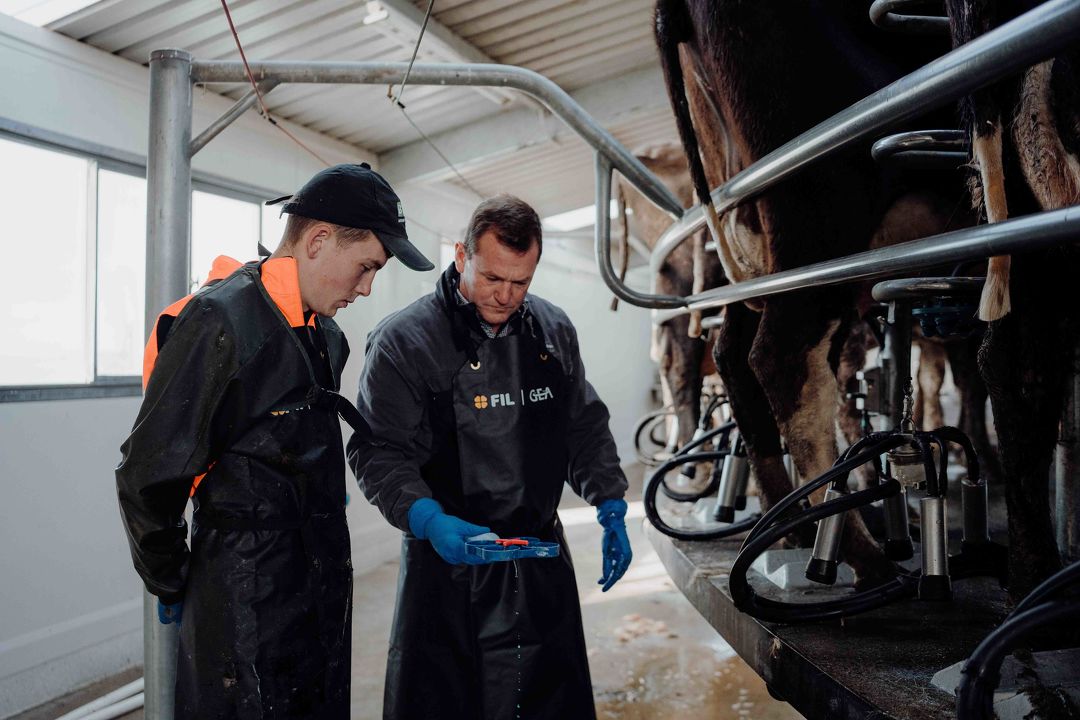Rapid Mastitis Testing: When and why
9 Jun 2025

The Rapid Mastitis Test (RMT) is a quick and simple diagnostic tool for detecting mastitis or high somatic cell count (SCC) in cows, particularly when they are not showing visible signs.
RMT is commonly used during three key times during the season:
1. Screening the colostrum mob: Before integrating freshly calved cows into the main milking herd, it's important to RMT them.
2. To remedy high cell count issues: High SCCs are often a cause of mastitis. Regular rapid mastitis testing help with early identification of mastitis cows, allowing for timely intervention and treatment.
3. Before drying off: If you are doing selective dry cow, RMT can be used to select cows that may require dry cow therapy.
Mastitis is most likely to occur after drying off and around calving. After calving, it is recommended to RMT all cows before they are graduated to the supply vat. This will be after 8 days for OAD and 4 days for TAD. If a cow has mastitis, she may be difficult to find once she is in the main milking herd. This practice ensures that only 'clean' cows free from mastitis are entering the milking herd, saving time and labour in the long run.
If a cow's milk reacts with the RMT solution, it may indicate a high Somatic Cell Count (SCC). These cows can then be tested for specific mastitis-causing pathogens by using Farm Medix Fresh Cow Dry Cow and/or treated accordingly.
There are 10 simple steps for using RMT to identify subclinical mastitis
1. Preparation: Always wear clean milking gloves. Use FIL Antigerm disinfectant between cows.
2. Wipe: Clean each teat using an individual alcohol wipe to remove dirt and kill bacteria. Focus on teat barrel and teat end.
3. Forestrip: Discard the first 2-3 squirts of foremilk from each teat and check for flakes or dots.
4. Strip: Strip the next 2-3 squirts of milk from each teat into the corresponding sections of the RMT paddle.
5. Pour: Carefully tilt the paddle to a 45° angle and pour out any excess milk down to the line in each section. You should have an equal amount of milk in each tray.
6. Squeeze: Slowly squeeze the handle to add equal parts of the RMT solution to the milk. Note: household dishwashing liquid is not an effective RMT solution or reagent.
7. Swirl: Gently swirl the paddle in a circular motion for 10 - 20 seconds.
8. Observe: While swirling, watch for changes in the solution. A positive reaction from high SCC turns to an egg-like gel.
9. Mark: Mark and record any cows that show positive signs of high SCC and require monitoring.
10. Clean and repeat: Tip out the solution and rinse the paddle in a bucket of water with Antigerm disinfectant before testing the next cow.
Back...
